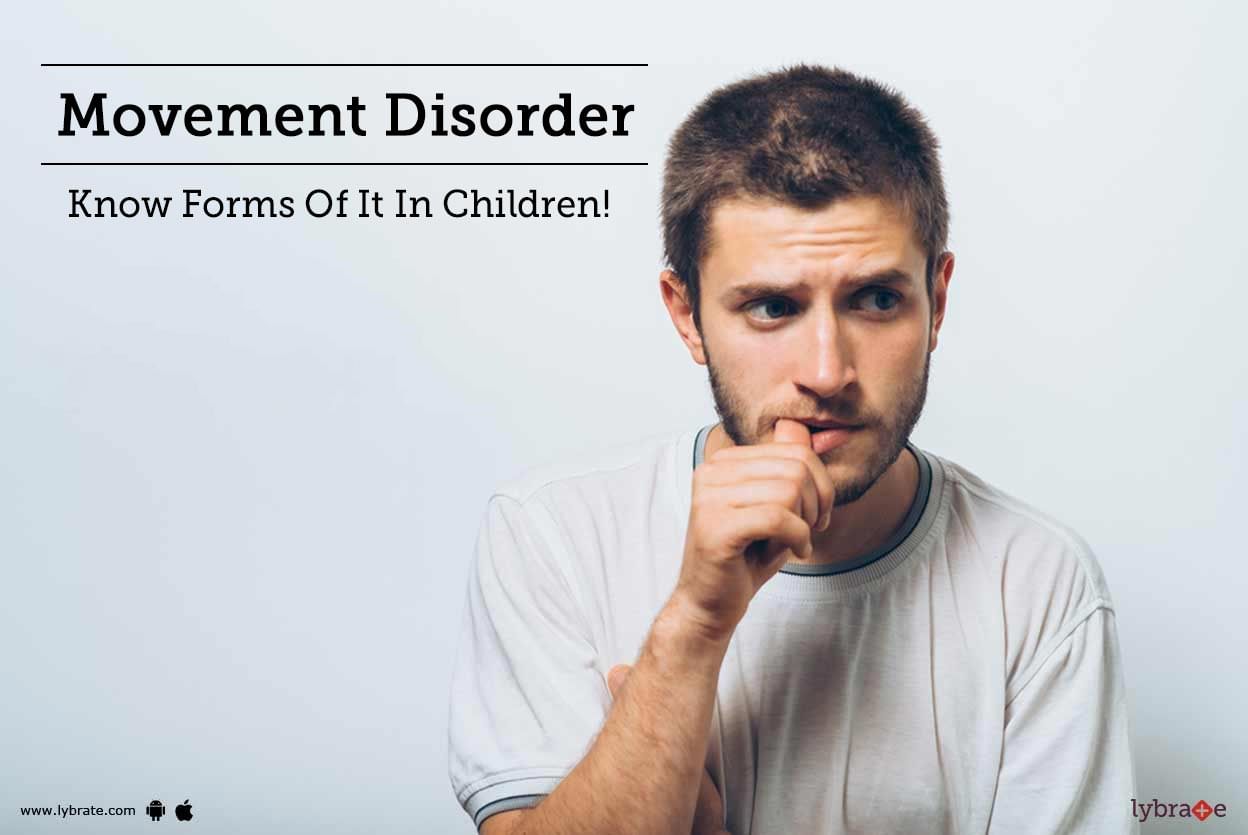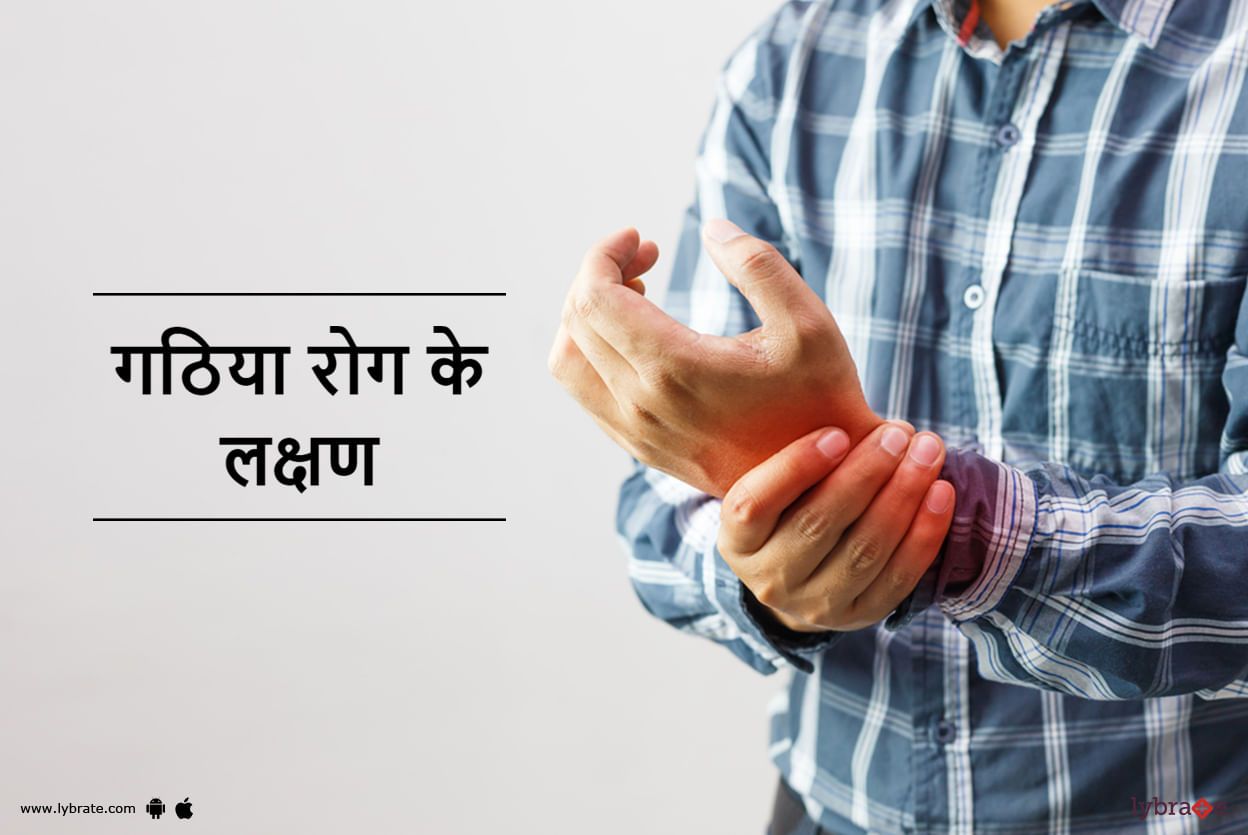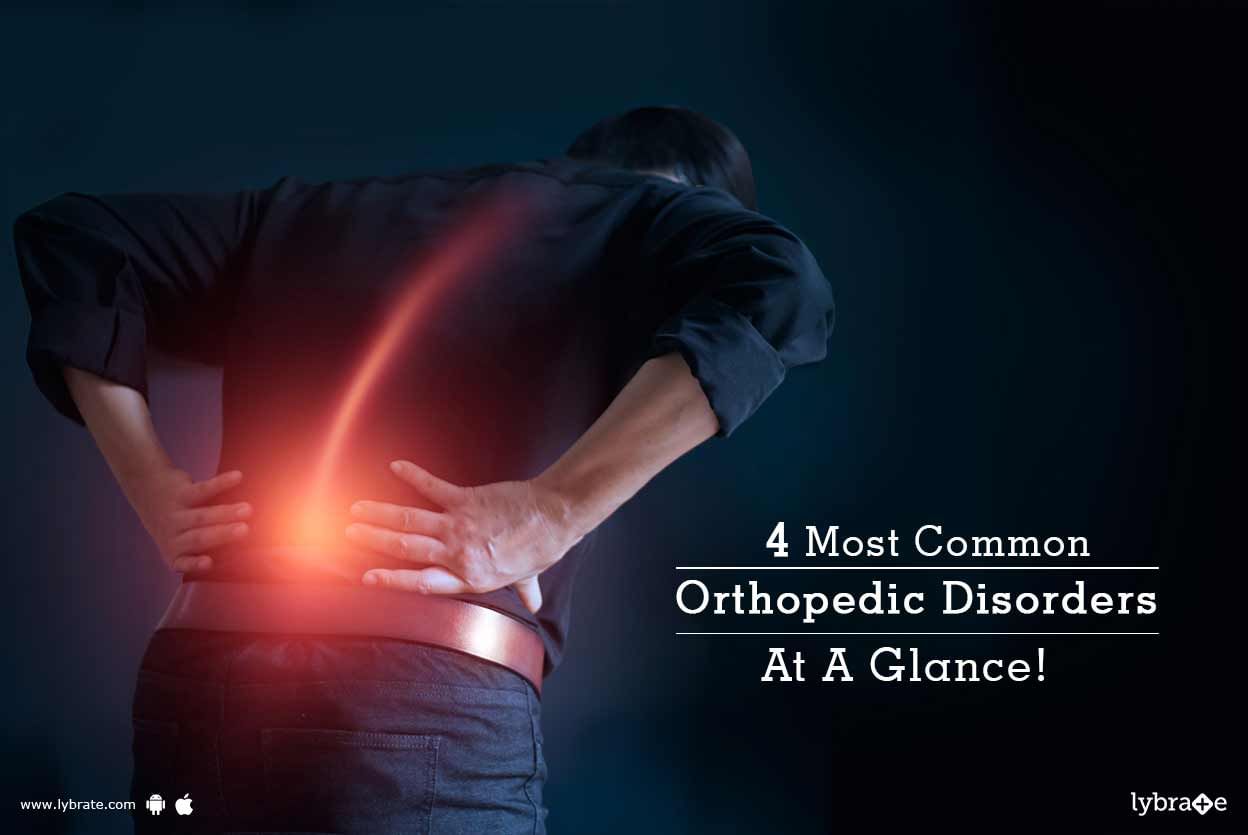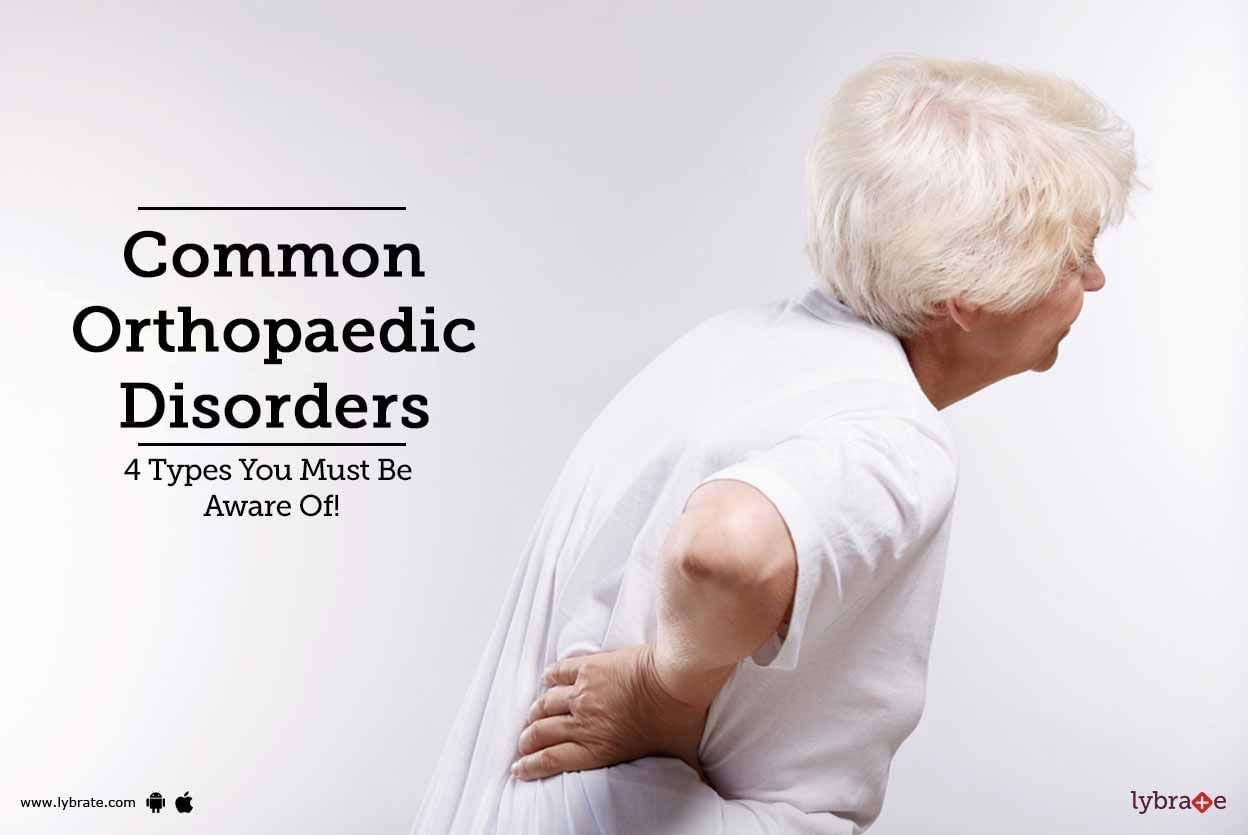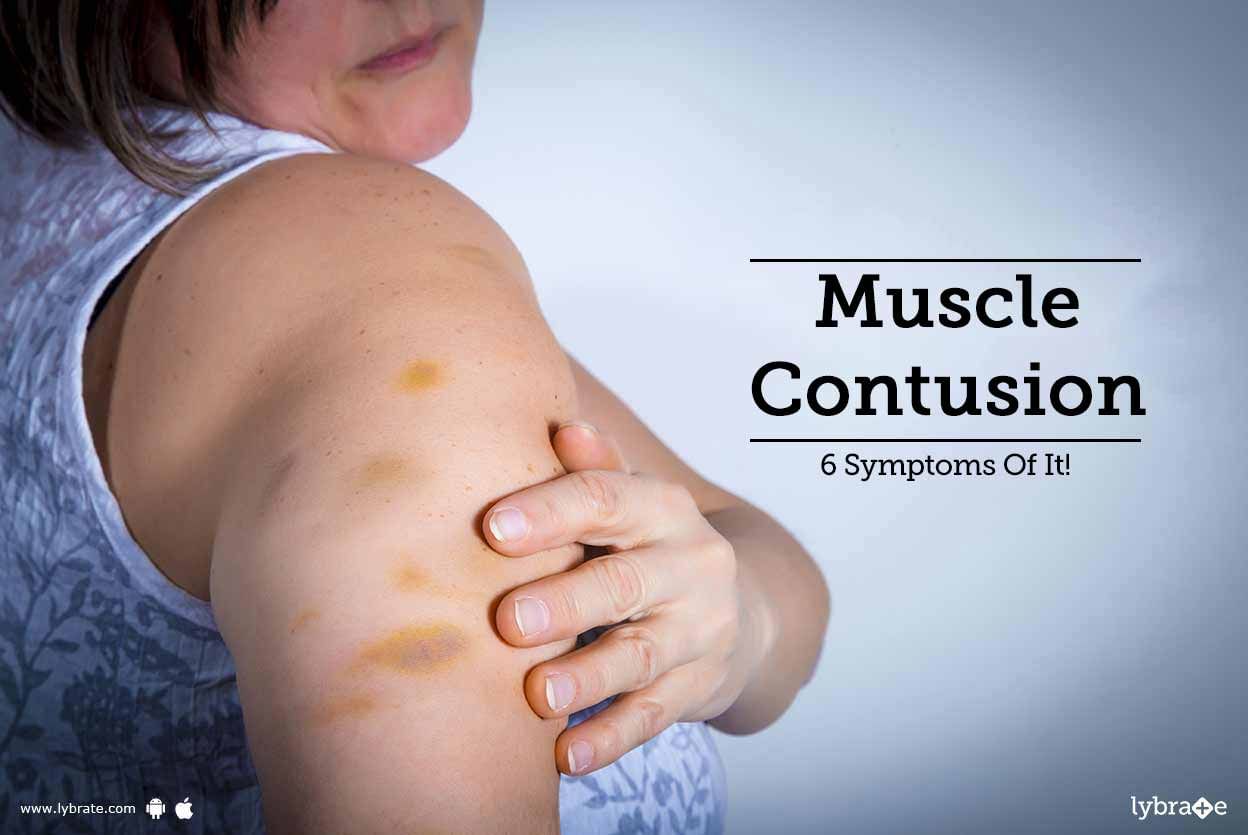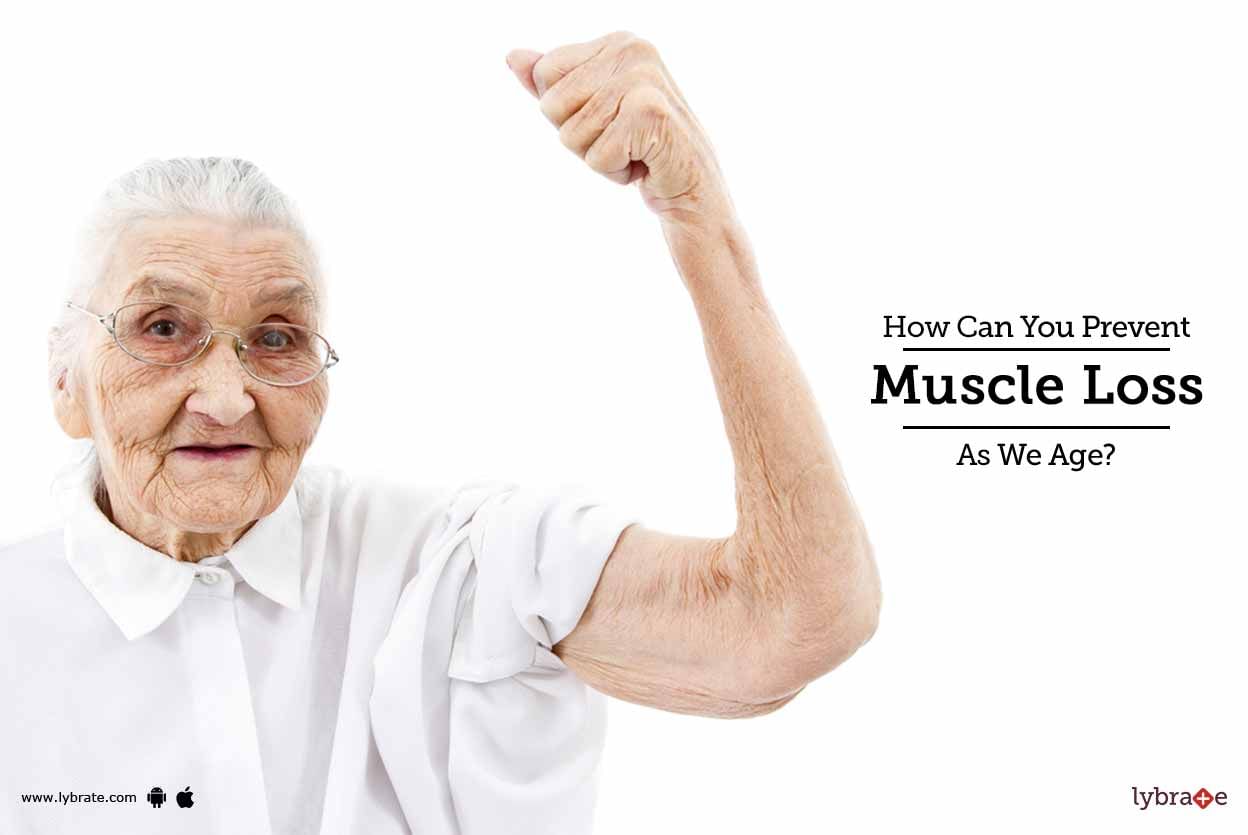Get the App
For Doctors
Login/Sign-up
Health Feed
Find Doctors
Health Packages
AllQ&AsTipsQuizzes
Muscle disorder Tips
Last Updated: 5 years ago• Featured Tip
Share
Bookmark
Report
Post Graduate Diploma in Dietetics, Dipl...read more
Dietitian/Nutritionist•Surat
Sarcopenia refers to the loss of muscle mass caused by the natural process of ageing. Over time, the loss of muscle mass may reduce a person s strength and affect his or her balance and the ability to walk. Sarcopenia can make it difficult for one to carry on with their routine activities, such as walking, lifting objects, or climbing stairs.
The reduction in muscle mass involves both a decrease in their size and the loss of muscle fibres. Sarcopenia becomes noticeable by age 40 and t...more
The reduction in muscle mass involves both a decrease in their size and the loss of muscle fibres. Sarcopenia becomes noticeable by age 40 and t...more
Last Updated: 6 years ago• Featured Tip
Share
Bookmark
Report
Movement disorders can trigger from various types of brain injuries, metabolic disturbances, inflammation, trauma, side effects of medication, genetic disorders, infections etc. The brain structures that get affected are believed to include the thalamus, brainstem, basal ganglia, cortex etc. Since all these structures function together, any abnormalities in any of the structures can compromise movement. For instance, a kid suffering from primary dystonia can lead a near normal life, if the condi...more
Last Updated: 6 years ago• Featured Tip
Share
Bookmark
Report
With urbanized lifestyle and modern comforts comes the baggage of stressful living and it always leads to an unfit future! An unfit body often leads to an unproductive day with a bunch of complicated disorders and it s a nightmare for most youths that is becoming a reality. One such phenomenon that is affecting youngsters is an increasing number of cases in muscle and joint pain! The rate of these disorders in skeletal muscle pain cases being reported is alarming and studies suggest that it affe...more
2007 people found this helpful
Last Updated: 6 years ago• Featured Tip
Share
Bookmark
Report
Clinical Fellowship In Pain Management, ...read more
Pain Management Specialist•Hyderabad
Myofascial pain syndrome or MPS refers to the soft tissue and muscle pain that is often accompanied by inflammation. This chronic condition affects the fascia, which is the connective tissue covering the muscles. MPS is also called referred pain.
Symptoms of Myofascial Pain Syndrome
The symptoms of myofascial pain syndrome are all related to pain:
Excruciating pain in the muscles
Persistent pain that worsens occasionally
Knotty muscles
Sleep ...more
Symptoms of Myofascial Pain Syndrome
The symptoms of myofascial pain syndrome are all related to pain:
Excruciating pain in the muscles
Persistent pain that worsens occasionally
Knotty muscles
Sleep ...more
Last Updated: 6 years ago• Featured Tip
Share
Bookmark
Report
Bachelor of Ayurveda, Medicine and Surge...read more
Ayurvedic Doctor•Lakhimpur Kheri
जॉइंट्स की सूजन जो गंभीर होने पर गठिया का रूप ले लेती है. इसके कारणों में से एक कमज़ोर प्रतिरक्षा प्रणाली का होना है. आयुर्वेद के अनुसार, मानव शरीर तीन बिंदुओं पर काम करता है, जिसमें वात, पित्त और कफ शामिल है. वही बात करें गठिया रोग की, तो इसे मुख्यतः मानव शरीर में वात दोष के कारण माना जाता है. गठिया को इसके मूल कारणों और वात दोष के आधार पर एंटी-इंफ्लेमेटरी दवाएं या पेन किलर्स आपके गुर्दे, पेट, लिवर और हृदय पर गंभीर दुष्प्रभाव छोड़ सकती हैं. वहीं आयुर्वेद दवाएं काफी सुरक्षित हैं और वह रोग के मूल ...more
Last Updated: 7 years ago• Featured Tip
Share
Bookmark
Report
Orthopedic disorders include all the issues and ailments that are related to the muscles, joints and ligaments. Orthopedic disorders are so widespread and so large in number that it is very difficult to list all of them down. However, among them the five most common orthopedic disorders are:
1. Arthritis
It is a chronic and a long lasting orthopedic disorder in which you witness the swelling or inflammation of one or more joints in the body. This condition is very painful in nature and i...more
1. Arthritis
It is a chronic and a long lasting orthopedic disorder in which you witness the swelling or inflammation of one or more joints in the body. This condition is very painful in nature and i...more
Last Updated: 7 years ago• Featured Tip
Share
Bookmark
Report
Orthopedic disorders include all the health issues and ailments that are related to the muscles, joints and ligaments. Orthopedic disorders are so widespread and so large in number that it is very difficult to list all of them down. However, among them the four most common orthopedic disorders are:
Arthritis: It is a chronic and a long lasting orthopedic disorder in which you witness the swelling or inflammation of one or more joints in the body. This condition is very painful in nature...more
Arthritis: It is a chronic and a long lasting orthopedic disorder in which you witness the swelling or inflammation of one or more joints in the body. This condition is very painful in nature...more
Last Updated: 7 years ago• Featured Tip
Share
Bookmark
Report
Last Updated: 7 years ago• Featured Tip
Share
Bookmark
Report
Muscle contusion is a condition that is characterized by bruising in the muscles. It generally tends to occur in athletes who play a lot of contact sports. Repetitive blows in any part of the body may cause damage to the underlying muscle tissues. These blows may lead to internal bleeding, resulting in blood clot formation. The most common site where it occurs are the quadriceps.
The various causes of this condition are:
Direct repetitive blows to a part of the muscle in contac...more
The various causes of this condition are:
Direct repetitive blows to a part of the muscle in contac...more
Last Updated: 7 years ago• Featured Tip
Share
Bookmark
Report
MBBS Bachelor of Medicine and Bachelor o...read more
Dietitian/Nutritionist•Chennai
What is sarcopenia?
It s the loss of muscle mass, strength & function as one ages. Though everyone is at risk of sarcopenia, it s most commonly seen in people who lead a sedentary lifestyle. Other factors that may contribute to this condition:
Hormonal change with age
Change in protein requirements with age
How does it affect routine life?
Impairment of daily functioning as muscle mass & strength are required for effective functioning of body
Disables t...more
It s the loss of muscle mass, strength & function as one ages. Though everyone is at risk of sarcopenia, it s most commonly seen in people who lead a sedentary lifestyle. Other factors that may contribute to this condition:
Hormonal change with age
Change in protein requirements with age
How does it affect routine life?
Impairment of daily functioning as muscle mass & strength are required for effective functioning of body
Disables t...more
Book appointment with top doctors for Muscle disorder treatment
View fees, clinic timings and reviews
Ask a free question
Get FREE multiple opinions from Doctors
posted anonymously




